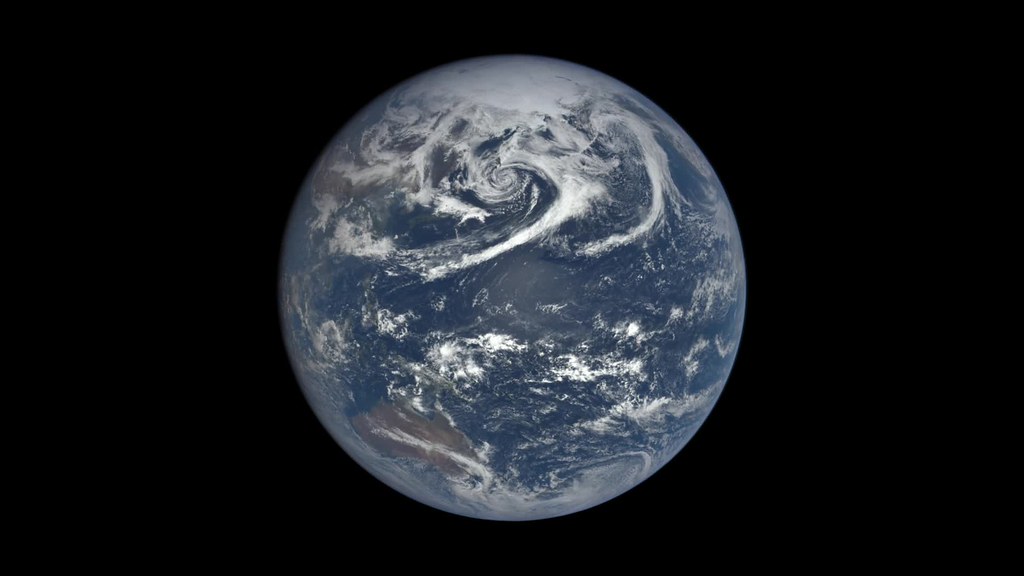Earth's 'Near-Collapse' Magnetic Field May Have Given Rise to Complex Life: Study
500 million years ago, a possible weakening of Earth's magnetic field could have led to increased hydrogen escape and subsequent oxygen rise in the atmosphere. This surge in oxygen is thought to have fueled the development and diversification of complex organisms, including the Ediacaran fauna.

- Country:
- India
A ''near-collapse'' of the Earth's magnetic field could have played a role in making biological life more complex and diverse more than 500 million years ago, a new international research has found.
Fossil records show that the earliest known complex multi-cellular animals, known as the Ediacaran fauna, significantly diversified in complexity and type between 575 and 565 million years ago.
Previous studies have linked this diversification to an increase in oxygen levels in the air and oceans that happened around the same time, although it was not clear why this increase occurred.
Researchers analysed 21 crystals extracted from a 591-million-year-old rock from the Dom Feliciano Belt of southern Brazil and showed that when they had first formed, the planet's magnetic field was at its weakest ever recorded. Plagioclase crystals, a common mineral in the Earth's crust, contain tiny magnetic minerals, which preserve information of the magnetic field at the time of formation.
The team, led by the University of Rochester, US, found the magnetic field to be ''some 30 times weaker than the current magnetic field intensity.'' They proposed that the ''near-collapse'' of the Earth's magnetism may have helped more hydrogen to escape, thereby raising the concentration of oxygen in the atmosphere.
This, they said, is believed to have supported the evolution of some of the earliest complex organisms. The study is published in the journal 'Communications Earth and Environment'.
The researchers estimated the ultra-low field strengths to have lasted for at least 26 million years - from 591 to 565 million years ago - coinciding with the rise in oxygen which occurred between 575 and 565 million years ago.
The authors suggested that during extreme coronal mass ejection (CME) events, in which the Sun expels large amounts of plasma and magnetic field from its corona, the boundary of the Earth's magnetic field could have been much closer to the Earth's crust, allowing hydrogen to escape more easily.
The Earth's magnetic field shields the planet from harmful radiation from space and is therefore, thought to be critical to making it habitable.
(This story has not been edited by Devdiscourse staff and is auto-generated from a syndicated feed.)










